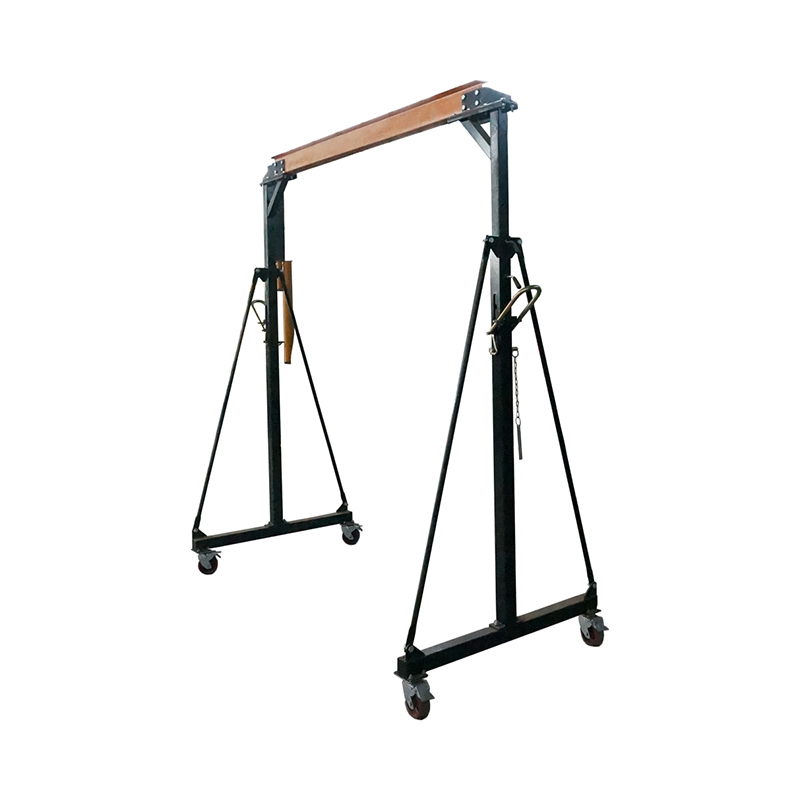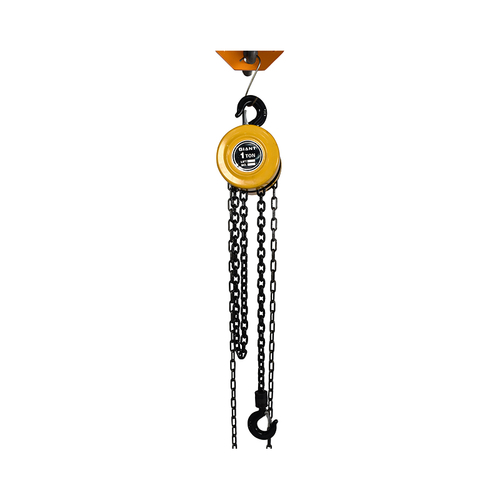Content
- 1 What Warehouse Characteristics Determine Gantry Crane Capacity Requirements?
- 2 How to Calculate Required Capacity Based on Cargo and Operational Needs?
- 3 What Performance Parameters Complement Capacity for Warehouse Adaptability?
- 4 What Safety Standards Must Capacity-Suitable Gantry Cranes Meet?
- 5 How to Balance Capacity, Efficiency, and Cost in Warehouse Crane Selection?
What Warehouse Characteristics Determine Gantry Crane Capacity Requirements?
Warehouse layout, cargo specifications, and operational frequency are foundational factors in selecting gantry crane capacity. For small to medium-sized warehouses with narrow aisles (width ≤6 meters) and light cargo (single unit weight ≤5 tons), low-capacity gantry cranes (1-5 tons) offer flexibility without occupying excessive space. Large-scale distribution centers handling bulk goods or heavy equipment (single unit weight 5-20 tons) require medium-capacity cranes, while specialized warehouses storing industrial machinery or oversized components may need high-capacity models (20-50 tons). Floor load-bearing capacity is another critical constraint—warehouses with reinforced concrete floors (load-bearing ≥30 kN/m²) can accommodate heavier cranes, while older facilities with weaker flooring may require lower-capacity options or additional structural reinforcement. Additionally, stacking height influences capacity: higher stacking (≥8 meters) often demands cranes with balanced capacity and lifting height to ensure stability during vertical movement.
How to Calculate Required Capacity Based on Cargo and Operational Needs?
Accurate capacity selection relies on comprehensive calculation of actual lifting requirements, including static and dynamic loads. The basic formula for required capacity is: Required Capacity = (Cargo Weight × Safety Factor) + Lifting Accessory Weight. The safety factor typically ranges from 1.2 to 1.5 for general warehouse operations, increasing to 1.5-2.0 for irregularly shaped or fragile cargo. For example, lifting a 10-ton machine with a 2-ton spreader requires a crane with a minimum capacity of (10×1.3) + 2 = 15 tons. Operational frequency also impacts capacity: cranes used for continuous daily operations (≥100 lifts/day) should have a 10-20% higher capacity buffer to avoid overloading and reduce wear. Additionally, simultaneous lifting of multiple items (e.g., palletized goods) requires summing individual weights and applying the safety factor to the total load, ensuring the crane can handle peak demands without performance degradation.

What Performance Parameters Complement Capacity for Warehouse Adaptability?
Capacity alone is insufficient—auxiliary performance parameters must align with warehouse operations to ensure practicality. Lifting speed (0.5-5 m/min for heavy loads, 5-15 m/min for light loads) should match throughput requirements: high-volume warehouses benefit from faster lifting speeds to reduce cycle time, while precision-focused operations (e.g., delicate cargo handling) require slower, controlled movement. Span width (the distance between crane legs) must fit warehouse aisle dimensions, with standard spans ranging from 8-30 meters—narrow spans for compact warehouses and wider spans for open storage areas. Travel speed (10-30 m/min) impacts horizontal movement efficiency, especially in large warehouses where cranes need to cover significant distances. Additionally, lifting height (6-20 meters) must exceed the maximum stacking height plus clearance for accessories, ensuring the crane can reach all storage positions without obstruction.
What Safety Standards Must Capacity-Suitable Gantry Cranes Meet?
Warehouse gantry cranes must comply with strict safety standards to protect personnel, cargo, and infrastructure, regardless of capacity. Load-bearing components (hooks, beams, cables) must meet international standards such as ISO 4309 and EN 13001, ensuring they can withstand rated capacity plus safety margins. Overload protection systems are mandatory—these include load cells, limit switches, and audible alarms that activate when loads exceed 110-125% of rated capacity, preventing structural damage. Anti-sway technology is critical for warehouse operations, reducing load swing by 30-50% to avoid collisions with racks or other equipment. For electric gantry cranes, emergency stop functions, insulation protection, and ground fault detection ensure safe operation in indoor environments. Regular inspection and certification (annual load testing, semi-annual structural checks) are also required to verify that capacity and safety performance remain consistent over time.
How to Balance Capacity, Efficiency, and Cost in Warehouse Crane Selection?
Selecting the right capacity involves optimizing three key factors: functional adequacy, operational efficiency, and economic feasibility. Oversized cranes (exceeding actual needs by ≥30%) increase initial investment, energy consumption, and maintenance costs without providing additional value—for example, a 20-ton crane used primarily for 5-ton loads will have higher power requirements and slower operating speeds than a purpose-sized 10-ton model. Undersized cranes risk overloading, frequent breakdowns, and reduced throughput, leading to indirect costs such as downtime and cargo damage. For warehouses with variable cargo weights, adjustable-capacity gantry cranes (with multiple load rating modes) offer flexibility, but may have higher upfront costs. Leasing or renting cranes for occasional heavy-load requirements can be more cost-effective than purchasing a high-capacity model for infrequent use. Additionally, energy-efficient designs (e.g., regenerative braking, variable frequency drives) reduce long-term operating costs, making mid-range capacity cranes with advanced features a balanced choice for most warehouse applications.



 English
English Español
Español






